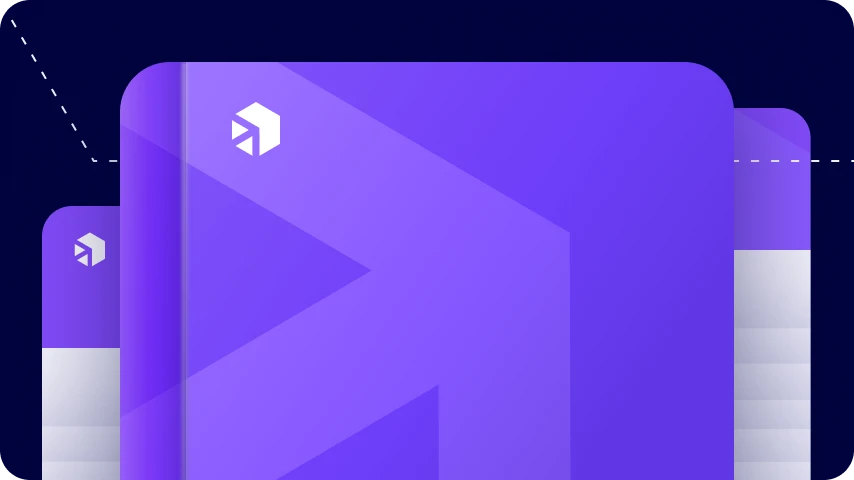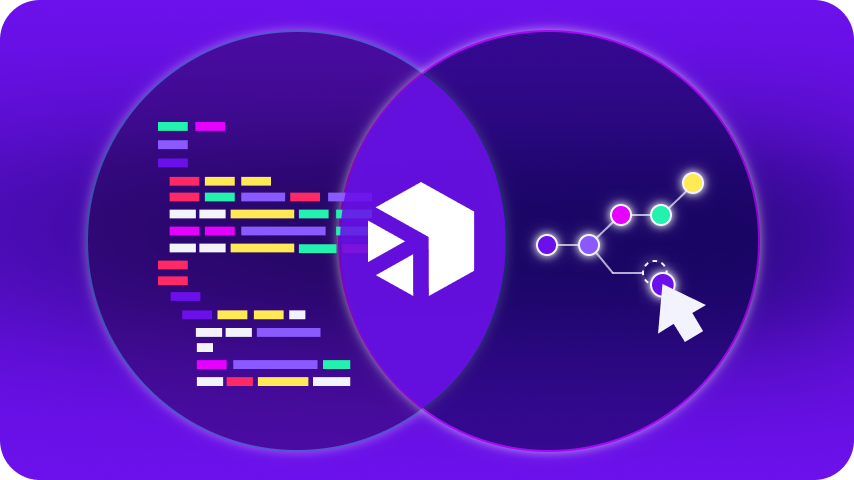May 16, 2023
In 2023, Digibee conducted our second annual State of Enterprise Integration survey, reaching out to one thousand CTOs, CIOs, system architects, and web developers in North America.
In this series, we examine the top findings uncovered in the report, including the number one objective of organizations when implementing enterprise integration: cloud migration.
Why is cloud migration so important?
Survey respondents identify eight priorities. While the ranking is relatively even, Migrate to/upgrade cloud, digital transformation is in the top spot.
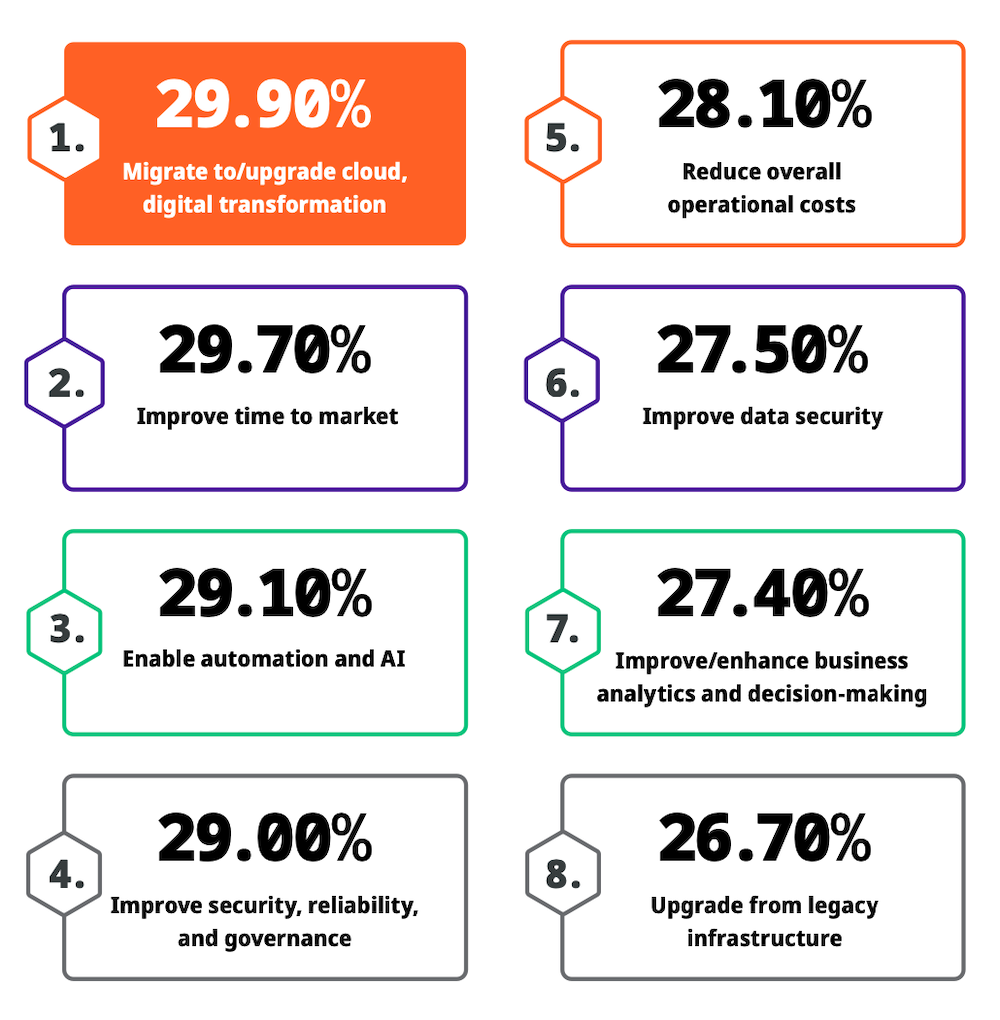
So, why do so many business and technology leaders prioritize cloud migration as the most important objective of enterprise integration?
$206.1 Billion
Public cloud market in USA by end of 2022
Cloud Market Share
Cloud is growing
The cloud market is expanding at an amazing rate. As of 2022, the market size is estimated at $480.04B. In the US alone, the public cloud market was projected to reach $206.1B by the end of 2022.
Cloud Adoption
Cloud is everywhere
Cloud-based infrastructure is a critical building block in any company’s digital transformation journey. This is evident in the pace of adoption, with 94% of enterprises using cloud services of some sort, and over 65% of enterprise infrastructure now in the cloud.
Once cloud migration is achieved, organizations scale rapidly and respond immediately to changes in the market. Plus, new tools and technologies are easily implemented to accelerate the growth and profitability of the business.
Today, the cloud is ubiquitous, with most enterprises exceeding estimates in usage and spend once implemented.
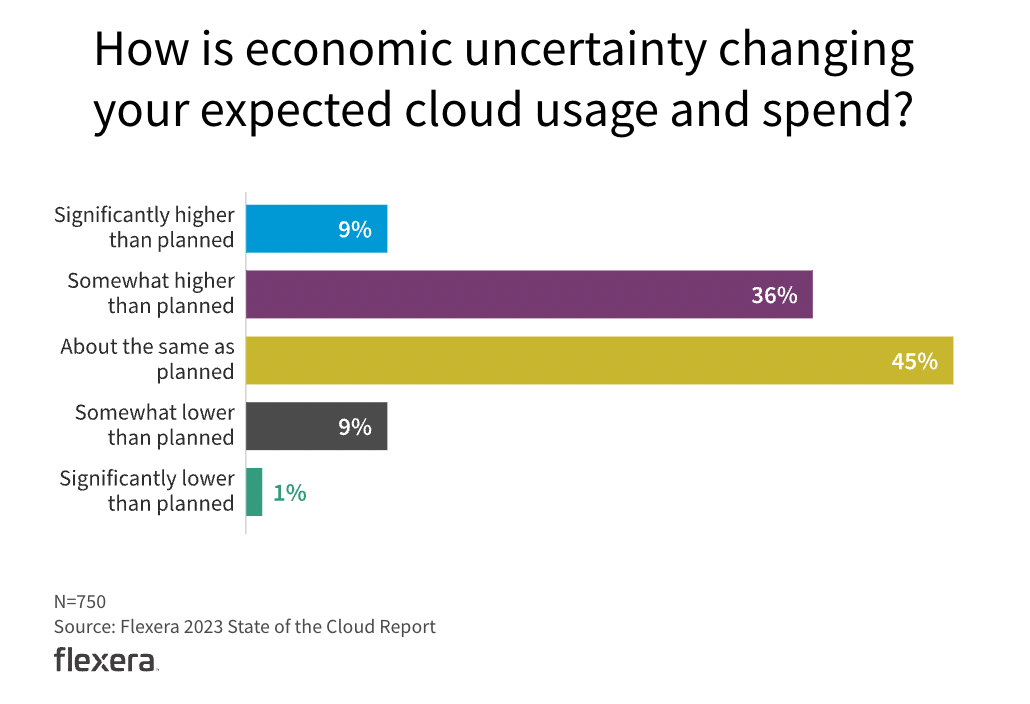
Cloud Security & Storage
Cloud is an equalizer
Cloud levels the playing field, providing security and storage capabilities beyond the reach (and budget) of most enterprises. Any company—whether just starting out or already established—can easily leverage capabilities at the scale of an Amazon Web Services, Google Cloud Platform, or Microsoft Azure simply by hosting their infrastructure on these platforms.
“The rise of cloud systems…persuaded many companies, both large and small, that hosting their data in the cloud is more cost-effective, secure, and convenient than maintaining an IT infrastructure on-premises.”
Forbes, 2023
Cloud Management & Scaling
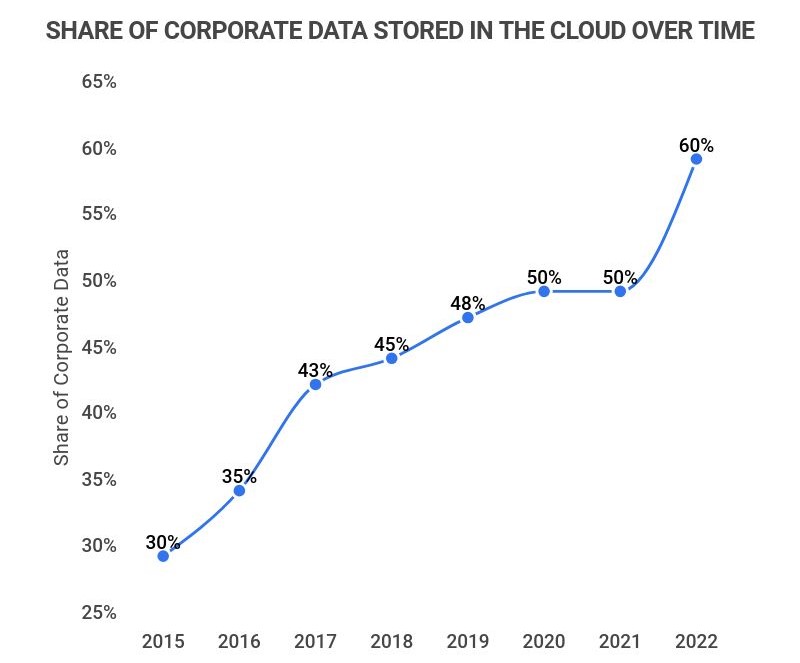 Cloud is data-friendly
Cloud is data-friendly
Cloud scales easily. For example, as you implement your cloud migration strategy, your environment becomes more digital, generating increasing amounts of data from connected devices and systems.
Securing and implementing a cloud data management strategy becomes a challenge if your infrastructure is incapable of supporting the load.
The cloud, with its astounding storage capabilities, provides you with scalable and secure data storage. The sharp trajectory of corporate data stored in the cloud over time reflects this growing trend.
How Does Cloud Migration Work?
The most common type of cloud migration is re-hosting, where a company migrates on-premises applications to a private or public cloud.
Rarely will an enterprise rehost (or lift and shift) its entire IT ecosystem all at once. Instead, the company creates a cloud migration strategy that incorporates a phased approach, determining which systems to migrate first, and which systems will remain on-premises. In certain scenarios, for example, to comply with government and industry regulations, some systems will always be hosted on premises.
Other common types of cloud migration include:
- Re-factoring: During the migration, an application is re-architected to work better in a cloud environment.
- Re-platforming: Legacy systems are modified to work optimally in the cloud without rewriting core architecture.
Regardless of the model, the result is a hybrid environment where applications and platforms must remain connected whether hosted on-premises or in the cloud.
Overcoming Cloud Migration Challenges with Digibee’s iPaaS
With so much opportunity, it’s no surprise that over 70% of leaders surveyed are actively planning to adopt, supplement, or replace their integration technology in 2023.
Digibee’s unique cloud-native integration platform streamlines the migration process, minimizing disruptions and ensuring a smooth transition, while overcoming common challenges including:
- Performance and continuity within the cloud environment
- Cost management for ongoing control of cloud costs and waste
- Governance to control provisioning, infrastructure delivery, and the overall operation
- Operations management to optimize efficiencies and security
- Observability via internal and external data to improve resource performance and uptime
- Security across on-premises environments and cloud-based systems
Enterprise integration is foundational to achieving important digital transformation initiatives that modernize and secure the success of your business. Without it, cloud migration is difficult and often impossible.
Get the full story on what’s changed and how your peers are mobilizing enterprise integration in 2023. Download your free Digibee 2023 State of Enterprise Integration report today for all of the survey results and the analysis.




